Originally known as Visirail, the Optirail system has three separate panel types: V2, V4 and V8. Each panel has staggered infill bars set to its own unique arrangement, each designed to suit differing road speeds. Thought should be given when planning the installation of pedestrian guardrail as to which panel type should be used. To assist in your choice, please refer to our technical article that provides selection criteria.
The basic function of pedestrian guardrail is to guide pedestrians to safe crossing points, and all of our guardrail will achieve this function as standard. However, at certain crossing points, where there is a need for the ultimate in visibility we recommend the use of our Optirail™ pedestrian guardrail system which is considered to be the market leading product since its creation in the 1980’s. Research and development was done at the time which proved the benefits over traditional guardrails, and this was reflected in the reduction of road traffic accidents at locations where it was used.
Optirail™ improves visibility by a factor of 3! That is three times the time to see, be seen and take evasive action!
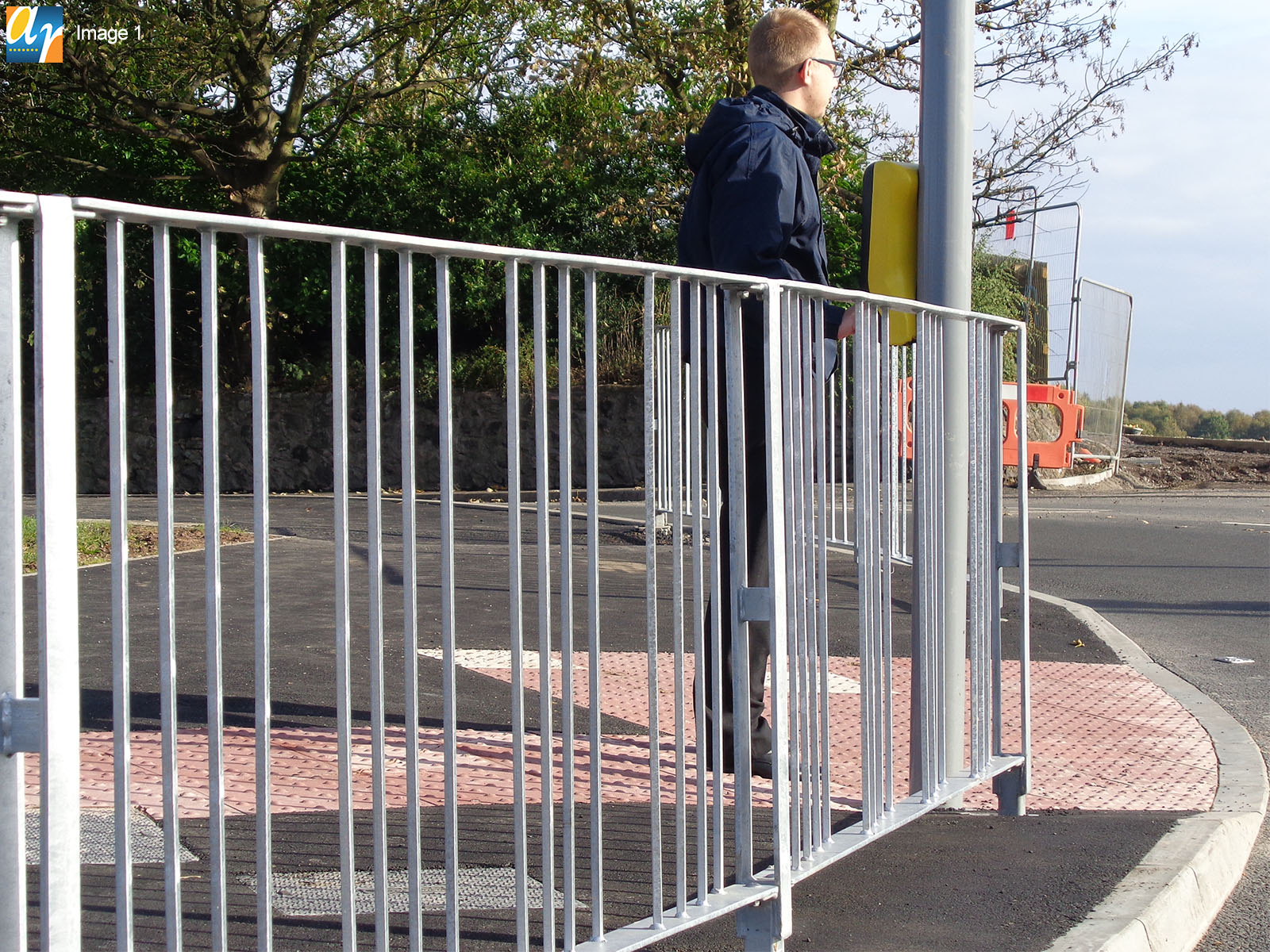
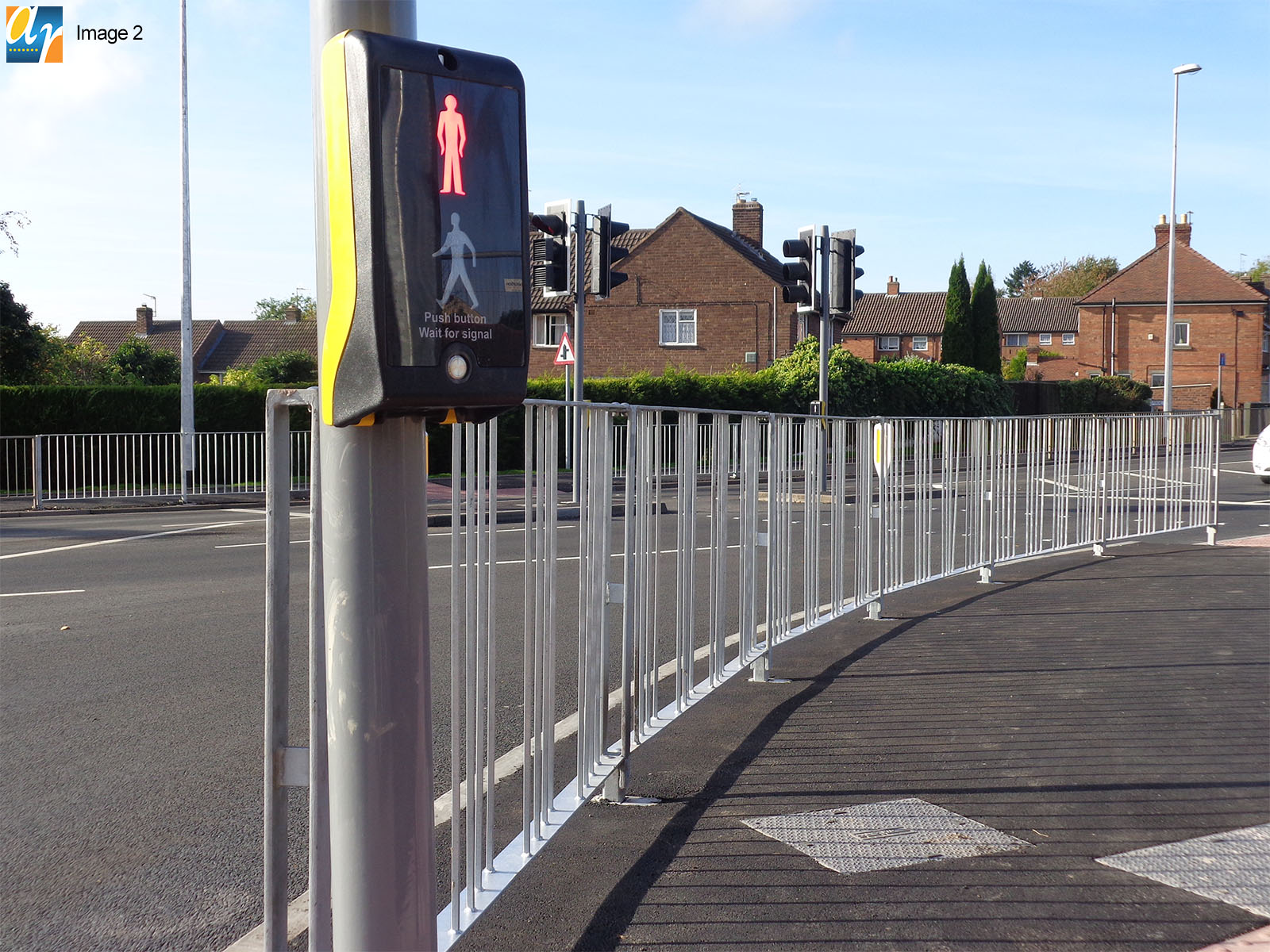
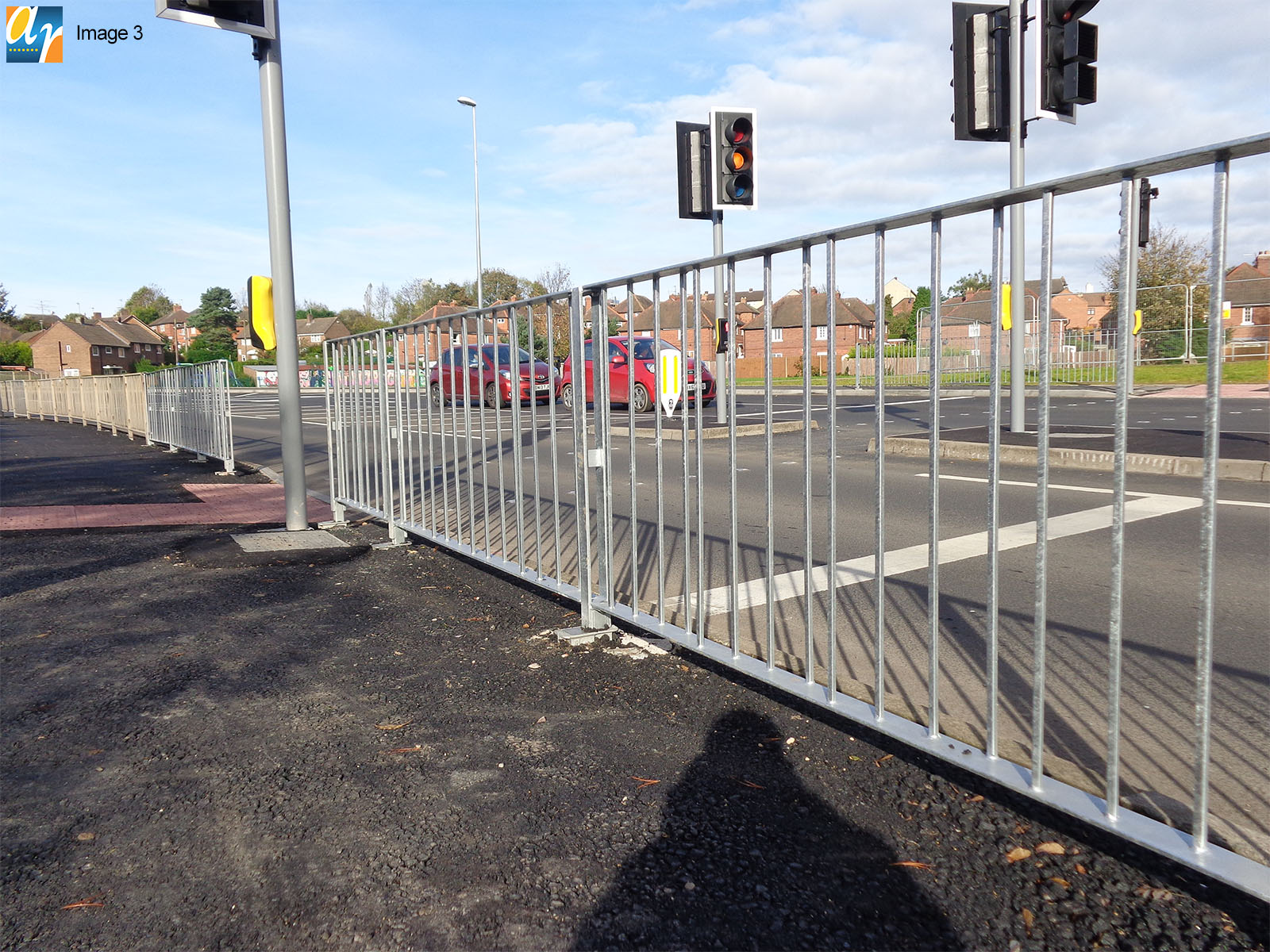
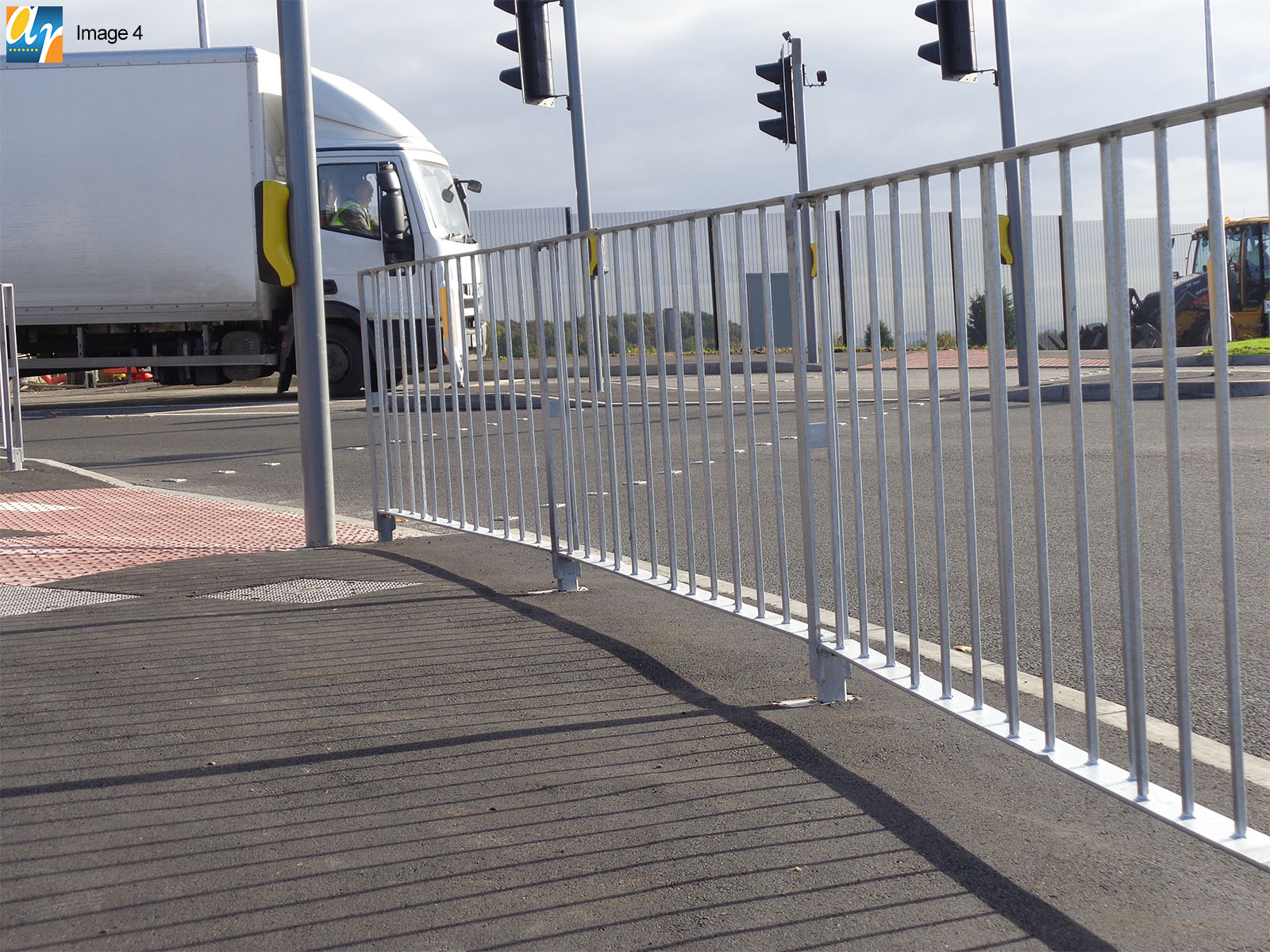
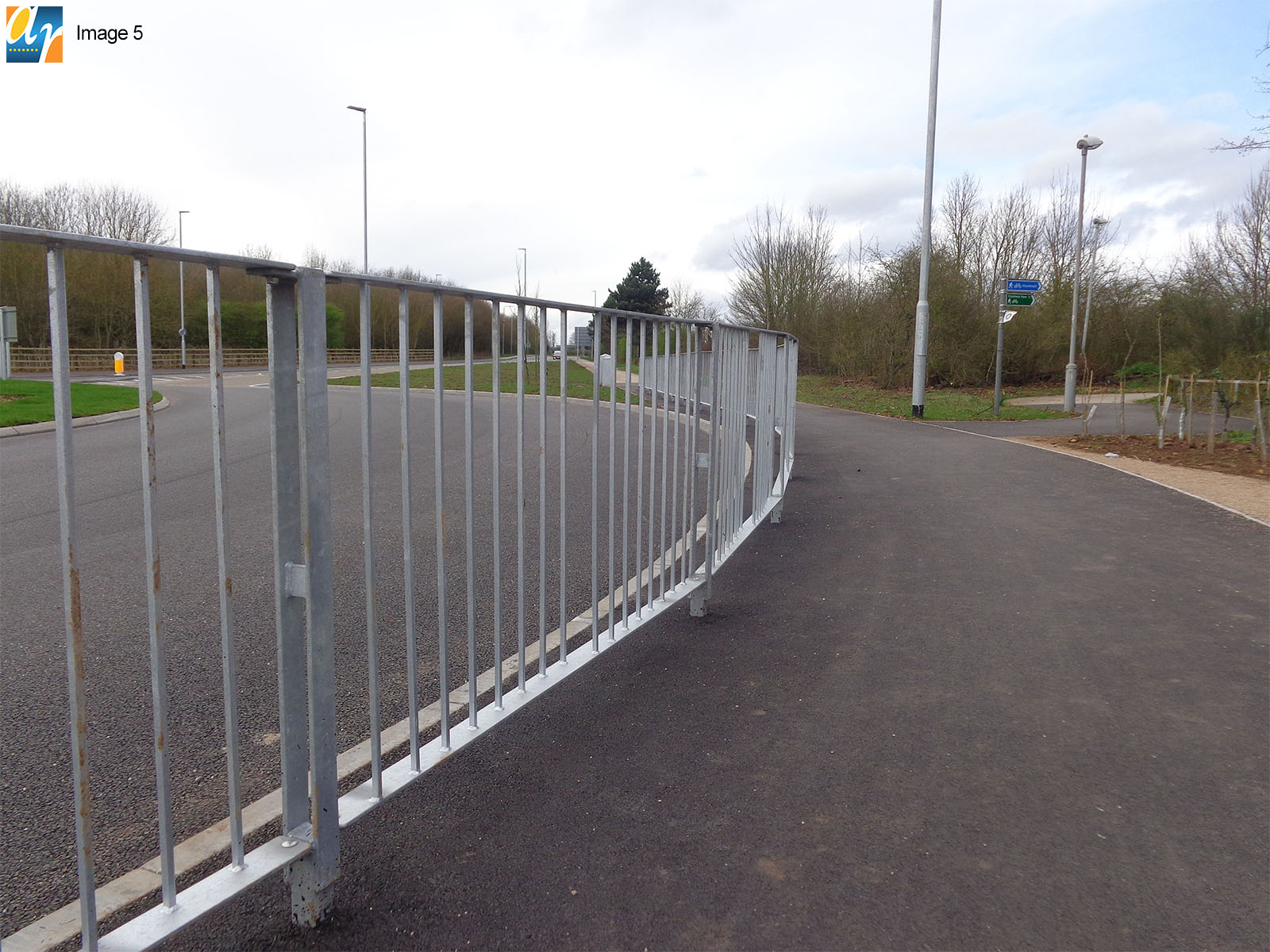
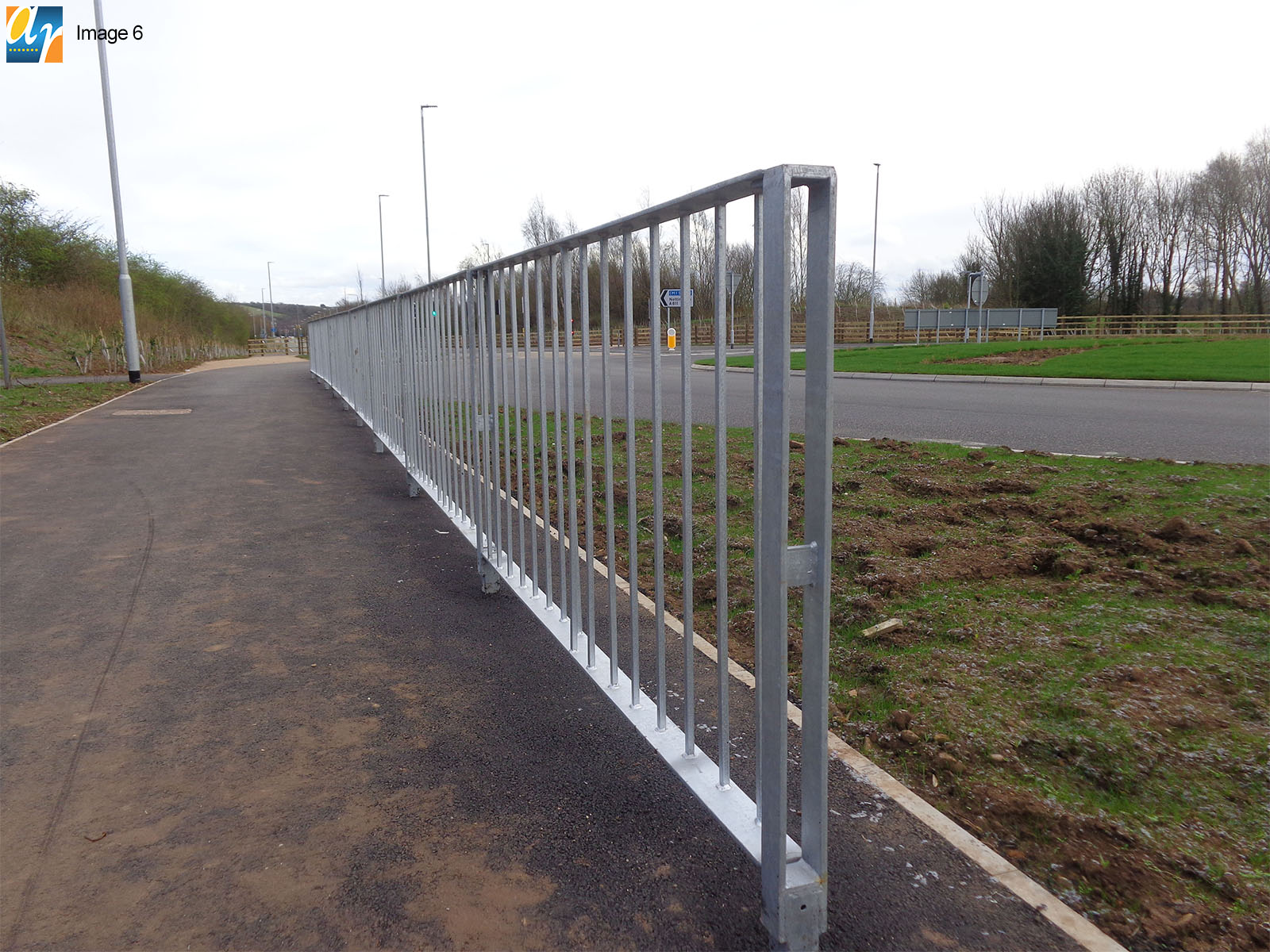
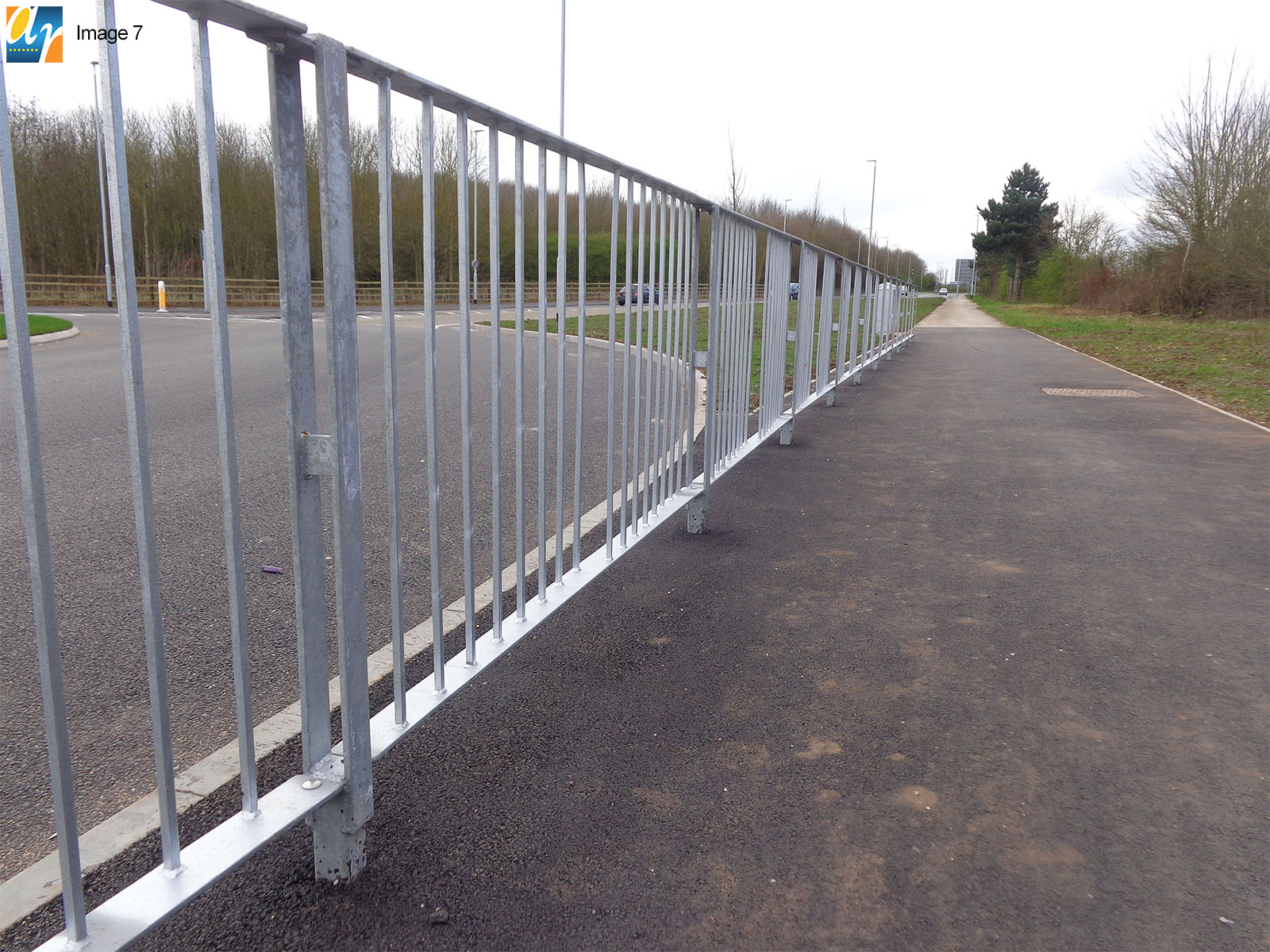
Pedestrian guardrails serve various essential functions, primarily focused on enhancing safety for individuals navigating diverse urban and roadside settings. The key purposes of these structures include:
In summary, pedestrian guardrails play a pivotal role in establishing safe and well-organized environments for pedestrians, addressing potential hazards, and contributing to the overall functionality and visual attractiveness of public spaces.